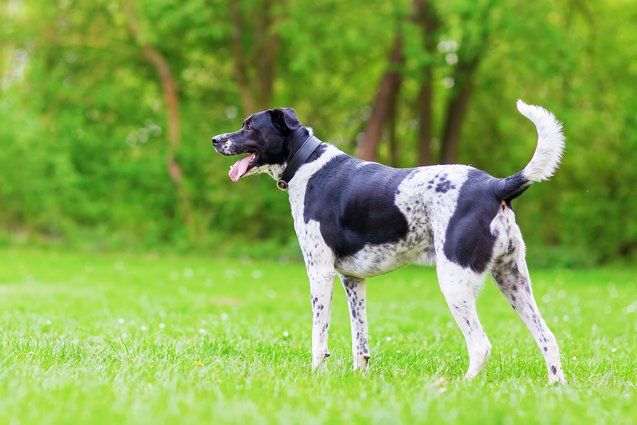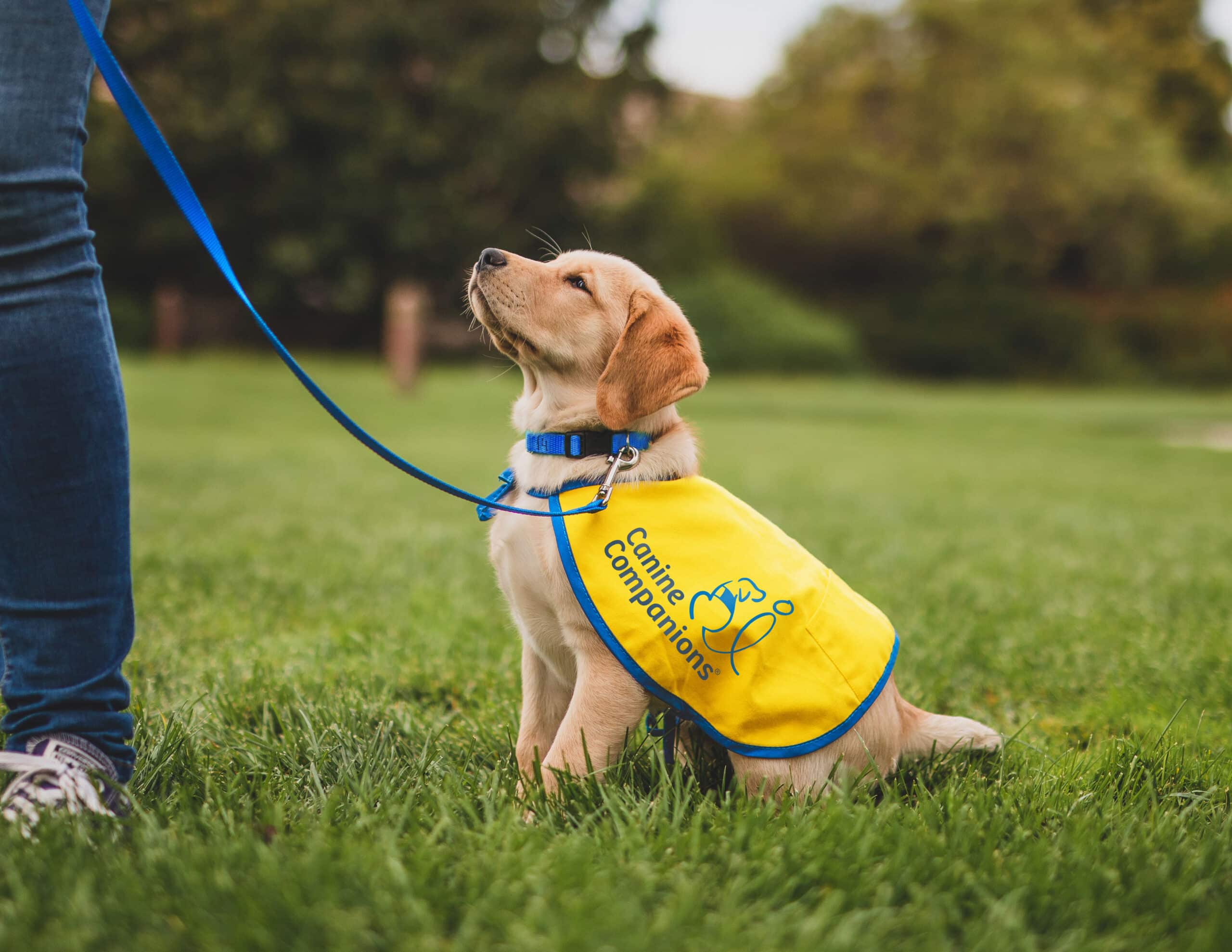Last Updated on August 16, 2021 by Fumipets
When you breed a pointer and a labrador retriever together, you’ll have a lot of questions about how to care for them and how they interact. Combining two fun-loving and active breeds into one mixed breed dog may be a lot of fun.
The pointer/labrador combination is known as a “pointerdor.” When fully mature, they may weigh anything from 50 to 85 pounds. Depending on the gender, their height may vary from 23 to 28 inches. The lifespan of a Pointerdor is estimated to be between 10 and 15 years.
Understanding a pointerdor’s personality, requirements, and health issues may go a long way toward determining if the combination is appropriate for you. There’s a lot that goes into creating a dog breed, and each one is unique. To properly prepare for life with a pointerdor, you must first realise what you’re getting yourself into.
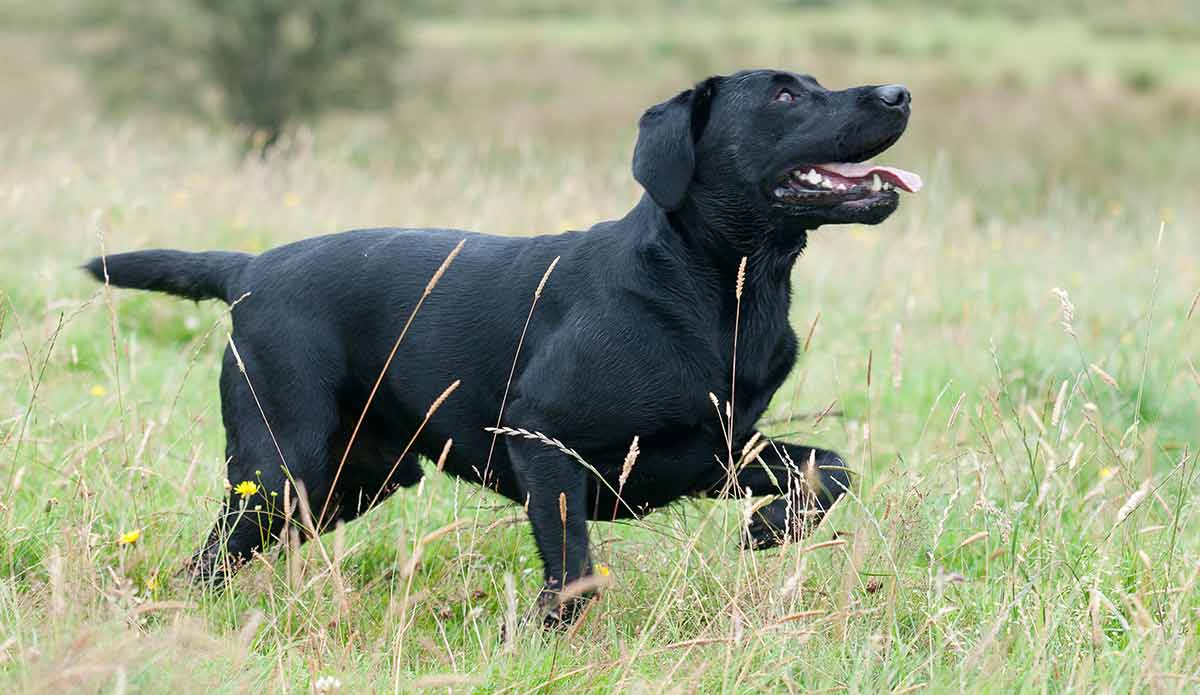
Pointerdors
The term “pointerdor” is used to describe a Pointer/Labrador hybrid. Because of their common heritage, they are a very popular breed among hunters.
Breed mixtures are a contentious subject in the canine world, therefore we must use caution while searching for one. Make sure any breeders you visit have a good reputation, that they test their dogs for health issues, and that they are properly licenced or certified, depending on local regulations. This may assist you in determining a healthier and safer blend.
The American Canine Hybrid Club includes German shorthaired pointers and labrador retriever mixes.
Pointerdors combine the enthusiasm, affection, and hunting abilities of a pointer with a labrador retriever.
The term “pointer” may apply to a variety of dog breeds, including the English pointer, German shorthaired pointer, and wirehaired pointer; nevertheless, Labrador retrievers are a single, powerful breed.
To really appreciate what you’re receiving, you need to know what pointer is being mixed with a Labrador.
When you acquire a puppy from parents of two different breeds, you’re constantly taking a chance on what you’ll receive in terms of physical and personality characteristics.
You may want the finest characteristics of each breed to perfectly blend together to create the ideal companion, but breed mixing is always a risk. It’s possible that the genes you desire aren’t always inherited. It’s simply a fact of life. You just never know what you’re going to receive.
Fortunately, both Labrador retrievers and German shorthaired pointers belong to the same sporting/gun dog classification, thus they share comparable characteristics.
Depending on whose parents are together, pointerdors may come in a variety of hues. English pointers come in a variety of colours, including liver, lemon, orange, black, and white. The liver, brown, and white colours are available in both German shorthaired and wirehaired pointers; the yellow, black, and chocolate colours are available in labradors.
The kind of pointer mixed in and the colour of the Lab may have a big impact on how your pointerdor pup turns out. German shorthaired pointers are the most popular choice for Labrador mixes, therefore that’s the breed I’ll use throughout the essay.
The sweet-natured and friendly disposition of both Labs and pointers can be found in Pointerdors.
Both breeds like being with their family and are best suited to owners who are active. Because the parent breeds are high-energy and energetic, Pointerdors need a lot of exercises. They are better suited in houses with large fenced-in backyards since they may turn destructive when bored.
Both parent breeds have their own set of potential health issues, which may be passed down to their mixed offspring. Because of the differences in health problems, combining two breeds may sometimes make the combination stronger, although pointers and labs have some comparable disorders that can be passed down to their offspring, such as hip and elbow dysplasia.
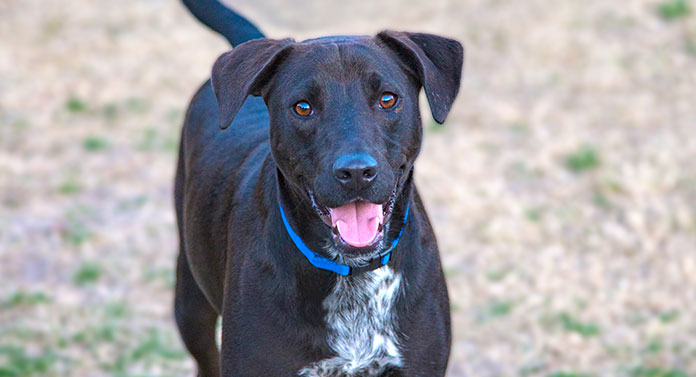
Physical Characteristics
When fully grown, pointerdors usually weigh between 50 and 85 pounds. They may reach a height of 23-28 inches when measured from shoulder to shoulder, and they can live for 10 to 15 years.
The height and weight differences are mostly determined by the individual dog, their parents, and their gender. Male pointerdors are usually bigger than female pointerdors.
The innate ability to point like a pointer is acquired via the pointerdor. Even at an early age, they may show pointing behaviour.
We’ve briefly explored how pointerdors’ colour choices are influenced by their parents. Liver, orange, lemon, white, brown, and black are just a few of the hues available for pointers. Labrador Retrievers come in a variety of colours, including black, yellow, and chocolate.
When it comes to the colour of your pointerdor, you have a lot of options. You might have a German shorthaired pointer and a chocolate lab, an English pointer with lemon-coloured spots and a black lab, a wirehaired pointer and a yellow lab, or any other mix you can think of.
You may have different hair kinds in addition to different hair colours. Because all pointers and labradors have short fur, this is usually a given. Depending on the characteristics and inherited genes of each individual pointerdor, the texture and quantity of shedding will vary.
The quantity of grooming they need may be excessive, but not to the point of causing issues.
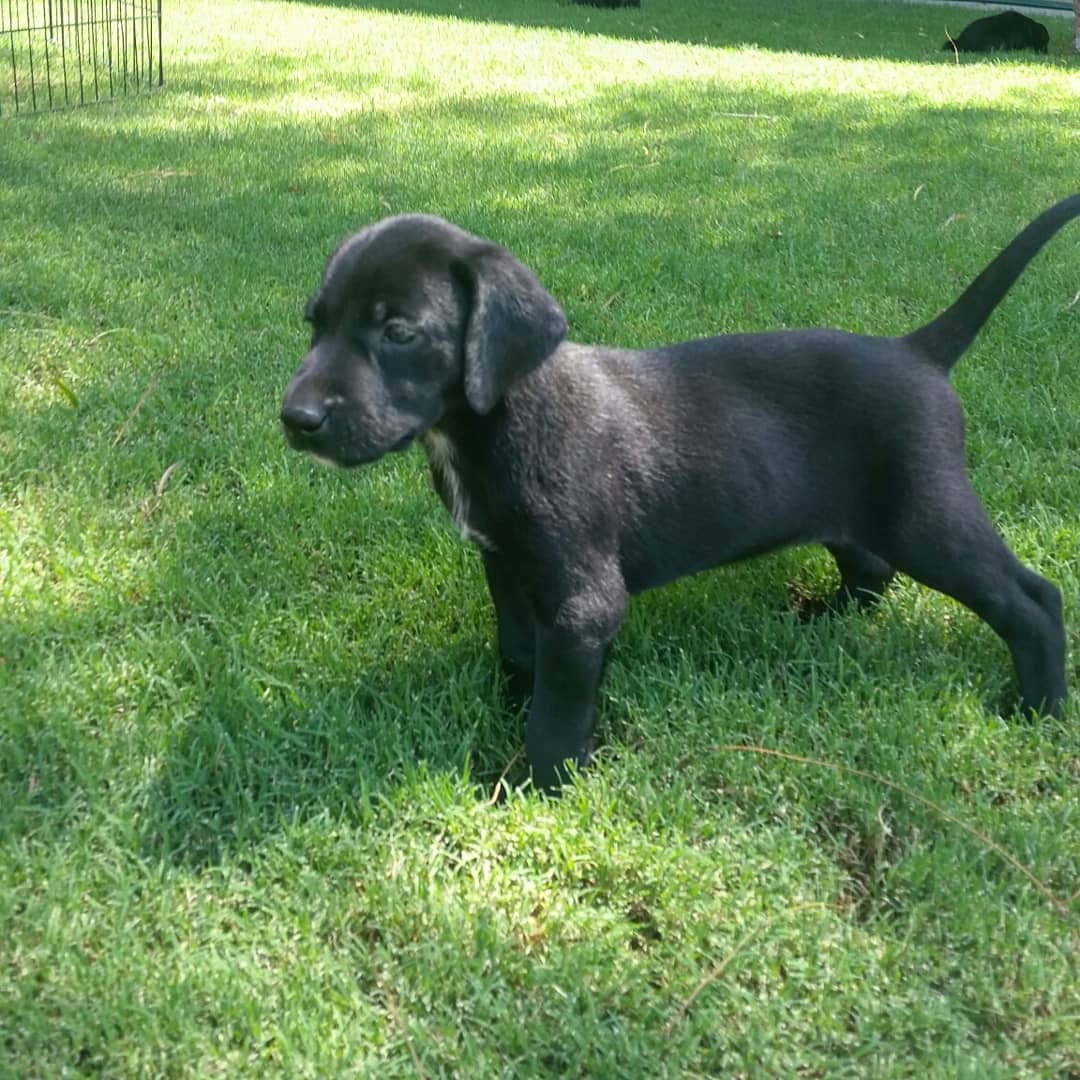
Grooming Needs
Even though their hair is short, pointers, particularly German shorthaired pointers, shed. Labradors shed a lot more, and either characteristic may be passed on to the next generation.
Brushing your pointerdor once or twice a week is a good way to keep hair loss under check. To avoid hair buildup and encourage loose hairs to fall before they get up in your home, owners should invest in a decent de-shedding equipment.
The pointerdor sheds the most throughout the spring and autumn seasons. It may be necessary to take additional precautions during certain periods in order to maintain the same level of success as the rest of the year.
With their silky coats, pointers respond nicely to a hard bristle brush or a rubber mitt. A de-shedder tool that captures more hairs works better for Labradors. For the pointerdor, any choice will suffice. It’s all a matter of personal taste.
Aside from preventing shedding with frequent brushing, it’s also critical to keep up with other essential grooming chores.
When grooming your pointerdor, be sure to include:
- Brushing
- Bathing
- Ear Cleaning
- Teeth Care
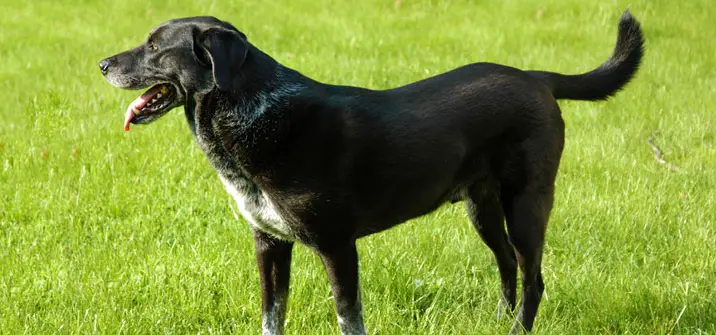
Bathing
Bathing your pointerdor may also assist in shedding; however, never over-bathe your pointerdor. Bathing them too often can dry up their skin due to the rapid loss of natural skin oil that maintains their skin and hair healthy.
Pointerdors should only be washed when absolutely necessary. To remain healthy and clean, their fur has to be brushed often. Because they are hunting and energetic dogs, they have the potential to become filthy. Don’t be hesitant to give your dog a wash if you think they’re in desperate need.
If you bathe your pointerdor once a week, you’re doing them a disservice. Bathe them once a month or less, depending on their needs. Consult your veterinarian if you’re uncertain what to do; they’ll be able to offer you particular advice for your dog.
Inquire with your veterinarian about the finest dog shampoo to use. It’s best to choose a mild one that doesn’t remove too much oil, yet cleans your dog. Your veterinarian can point you in the right direction. If not, always study the labels and seek a product that is mild and perhaps coat length and texture particular.
During the shedding season, a bath will go a long way in keeping your pointerdor and home clean.
Ear Cleaning
Floppy ears are seen in both pointers and Labrador retrievers. There is a loss of ventilation as a result, which may lead to infection. Cleaning your pointerdor’s ears should be part of your grooming routine on a regular basis.
If this job makes you anxious, you may get your dog cleaned by a professional. This may add up, particularly because they need to be cleaned on a semi-regular basis.
If your pointerdor gets wet, make sure his or her ears are completely dry to avoid an ear infection.
Inquire with your veterinarian or other experts about how to clean your pointerdor’s ears, what to use, and how often to do so.
They can provide you with detailed information and instructions on how to care for your specific pointerdor.
Nail Trimming
Pointerdors are the offspring of highly active parents and, as a result, are quite energetic. Neglecting your dog’s nails may be dangerous.
When nails are excessively long, they may break and crack, particularly when walking or running. Your pointerdor’s nails should be kept short and clean. This will keep them safe and allow them to run and stroll comfortably.
Your pointerdor may walk on various areas of their paw as a result of painful nails, which may create difficulties. It’s best to keep the nails trimmed and avoid any potential problems.
Because pointerdors are excellent at being taught, you should begin all grooming procedures while they are young. Dogs dislike being held down and handled for extended periods of time in order to get their nails clipped.
Grooming will be a breeze when they’re large and powerful if you work with them from puppyhood and teach them what you anticipate.
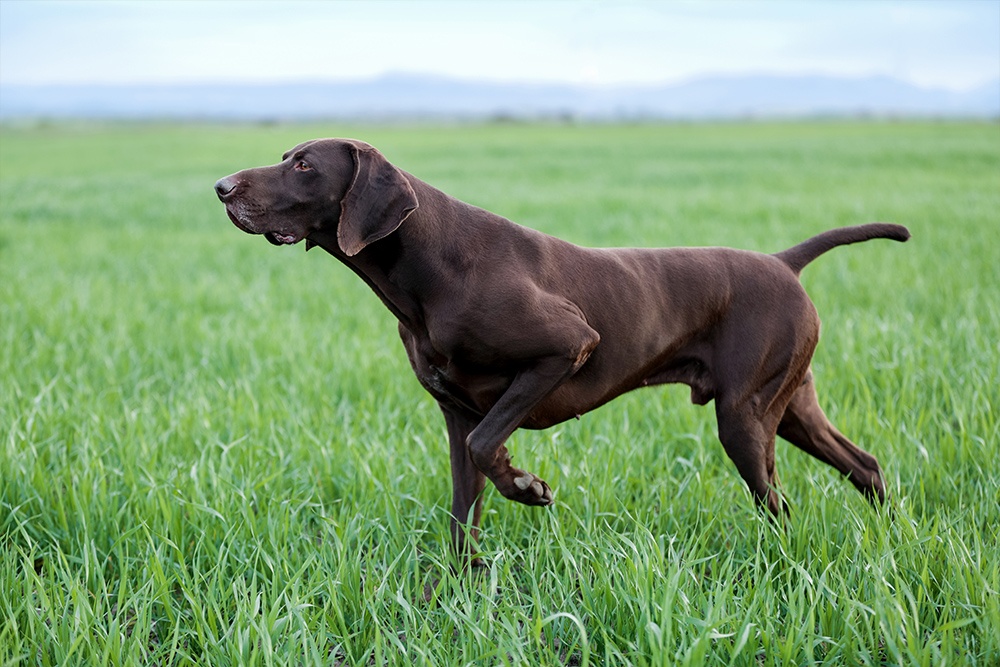
Teeth Cleaning
Cleaning a dog’s teeth isn’t as common as nail trimming or ear cleaning, but it’s as essential. In dogs, like in people, poor dental hygiene may lead to illness and infection.
When doing this job, be sure to use a soft brush and a dog-specific toothpaste. Dogs may be poisoned by human toothpaste. This is another area where your veterinarian may provide you with specialised advice and suggestions.
Grooming your pointerdor can keep them happy and healthy for a long time. Starting them while they’re young will provide worry-free and simple grooming for the rest of their lives.
Temperament
Pointerdors are a cross of two popular dog breeds. Labrador retrievers are eager to please, kind, and cooperative, whereas pointers are loyal and affectionate.
Their independence is inherited from their pointer side. This indicates that they are obstinate and insist on doing things their way. This is just a minor stumbling barrier since they have a pleasant temperament and are very simple to teach.
The following are the characteristics of pointerdors as a whole:
- happy
- gentle
- loving
- energetic
- intelligent
- trainable
- affectionate
- loyal
Pointerdors are easily distracted and prone to wandering. When doors are left open or they’re off the leash outdoors, be cautious. They may pursue if they catch a scent or see an animal racing away from them. In pointerdors, the prey instinct is still alive and strong.
They don’t want to flee or roam far, but their instincts may occasionally get the better of them. The characteristics of two highly loyal dog breeds may be found in Pointerdors. This implies that they are prone to bonding with their owners and forming deep connections with them.
This also implies that they don’t perform as well when left alone for an extended period of time. They may get nervous or bored, leading to harmful conduct.
They are very sociable and friendly, and they must be socialised from an early age in order to feel at ease.
They are unquestionably suitable as a family pet. At night, pointerdors want to be inside with you, and they want to play with you at all times of the day. They need a lot of activity, but if that is met, they make excellent home pets.
Kids and Other Dogs
The personality of pointerdors is extremely kind. They adore children and desire to be in the company of their loved ones.
It’s worth noting that labrador retrievers are extremely family-friendly and are highly suggested for households with young children, while pointers are not advised for houses with small children due to their tremendous energy and strength.
When pointers are pleased or enthusiastic, their long tails spin around and may knock objects down. They’re also extremely energetic and bounce about a lot because of it. This makes them unsuitable for families with very young children since tiny children are more prone to be knocked over or pounced on.
It’s never malicious since pointers like children, but their exuberance and flailing limbs may get the best of them at times.
These child-loving personalities converge in pointerdors, but so does the pointer energy a lot of the time. It’s generally better not to leave young children alone with pointerdors.
Because each pointerdor inherits various characteristics from their parents, you could have a pointerdor that is exceptionally peaceful and self-aware of its surroundings. However, it is advisable to keep an eye on youngsters and pointerdors at all times.
When youngsters are a bit older and more assertive, pointerdors make excellent playmates. They’ll spend hours outdoors playing fetch! They also like being stroked and cuddled.
To be comfortable and pleasant with people, children, and other dogs and animals, pointerdors must be socialised from a young age.
When it comes to other dogs and pets, especially if they haven’t been introduced to them early in life, pointerdors may be aloof. They get along nicely with other dogs and are very sociable.
Because both species have strong prey drives due to their hunting origins, it’s generally best not to have pointerdors and cats or other small animals in the same home.
If they’re introduced to and taught with smaller pets from a young age, they can be excellent with them. Just be cautious, since prey instincts are powerful.
Small personality clashes may sometimes be found, which can be frustrating to some prospective breeders and owners.
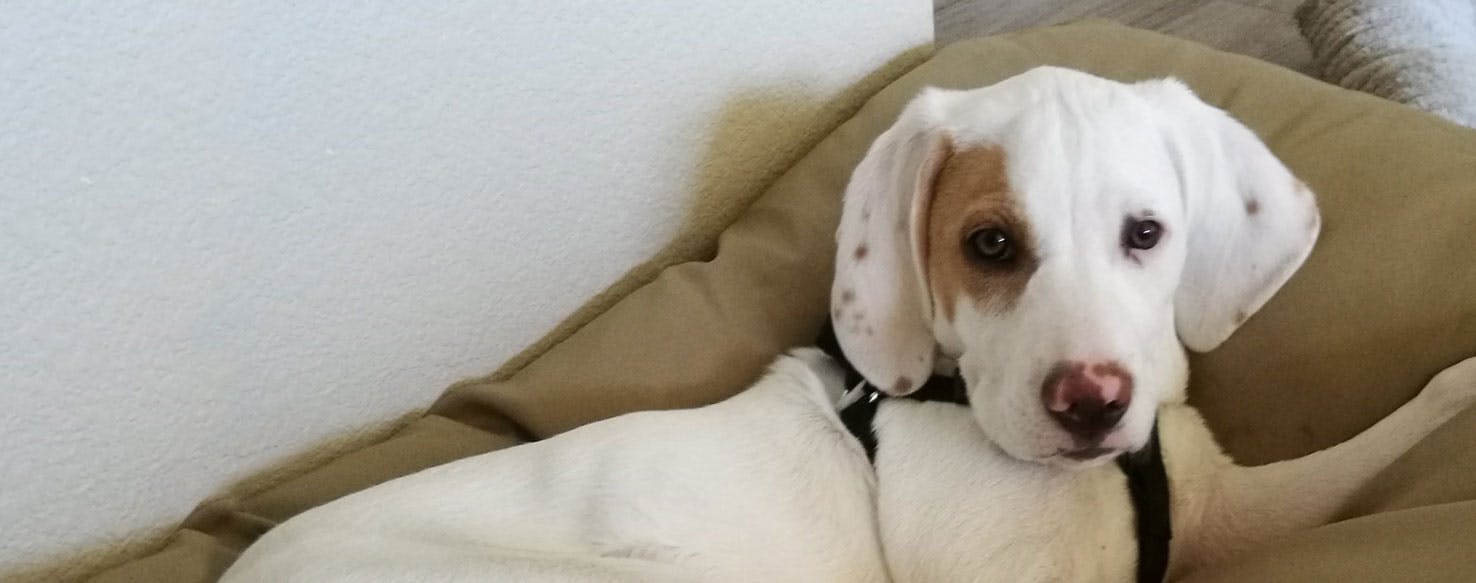
Clash of the Personalities
Labrador retrievers have a strong desire to please their owners. They are eager to work with you (most of the time) and are extremely laid-back. Pointers, on the other hand, like to work together but are a little stubborn. They react well to food incentives, but if they don’t want to do anything or are shouted at, they will become resistant.
The temperament of a pointerdor will be hit or miss as a result of this. They are often gentle and loving, and they want to be with their family. They have a pleasant demeanour, are well-trained, and are very clever.
The desired disposition of the Labrador retriever, always ready to collaborate, is often lost in a pointerdor. The somewhat more obstinate pointer genes may be able to overcome this and give this hybrid breed a more pointer-like disposition. The difference isn’t enormous, but it’s a disappointment for owners looking for a pure Labrador spirit in a pointer/Lab mix!
Apart from that little detail, pointerdors have amiable dispositions. They are affectionate and devoted, and they have a lot of energy.
Exercise Needs
Each parent breed (the pointer and the Labrador retriever) was bred to be hunting dogs in the first place. Pointers were designed to gallop about the hunting field all day, tracking game and pointing it to the hunters.
Labrador retrievers are also useful in the area of hunting, flushing away birds and other game and then recovering them after the hunter has taken them down.
Both of these professions required a lot of endurance and long-lasting energy. These traits have been passed down to today’s breeds. This indicates that they have a lot of energy and need a lot of activity to burn it off. These characteristics and workout needs were certainly passed down to the pointerdor.
Each day, pointerdors must expend a large amount of energy. This cross-breed must be exercised at least twice a day for a minimum of one hour. They are excellent jogging partners and can even be trained to run alongside a bicycle.
Some owners take their pointer mixes to a large open field away from cars and the general public to let them roam, explore, and run around. This can help them satisfy their curiosity while also allowing them to roam freely for their own entertainment.
You should discover methods to engage their brains in addition to providing them with the physical exercise they need. A nice game of fetch, or a hide-and-seek spin-off activity involving toys and rewards, may give your pet time to think and solve problems.
Both the labrador retriever and the pointer are clever dogs, and these activities may help them improve their intelligence.
Another thing you may want to think about is utilising your training to keep your dog thinking. Like their working dog parents, pointerdors need early and persistent training throughout their lives.
This will aid in their concentration, mental and physical well-being, and happiness.
Although obedience training is always helpful and should be done on a regular basis, hunting-specific training may be advantageous for these exceptional trackers and athletes.
Whether you want to use your labrador retriever/pointer mix for hunting or not, you must exercise and teach them every day to help control their energy and lay the groundwork for their future behaviour. You’ll be better off taking your pointerdor through various areas of life if you have a better connection and grip on them.
If your pointerdor does not get enough physical activity each day, they may grow bored and destructive. This destructive tendency manifests itself in a variety of unpleasant ways:
- chewing
- barking
- digging
They need an outlet for their pent-up energy, which typically entails some kind of harm that you will not like. Overall, exercise, training, and games are the keys to a happy and healthy life for your pointer.
When pointerdors have been exercised for the day, they become considerably calmer and are excellent house pets. They like cuddling, and after they’ve had their fill of activity, they find it simpler to rest and unwind. They’ll be begging for your attention now, and you won’t be able to stop scratching behind their ears for anything.

Working/Hunting Dogs
Pointer and labrador retrievers were bred as sports dogs, as mentioned earlier. Today, they are widely employed in hunting.
For ages, pointers have been employed as a tracker, locating and pointing the prey until the hunter arrived. Because of how long it took to load and reload weapons back in the day, pointers were essential at first. This means the pointer must find and point the prey in order for the hunter to prepare and then retrieve the bird after it has been flushed out.
The flusher was made up of Labradors and other retrievers. Once the birds and other small prey were located, they would flush them out and then recover them once they had been shot. They’re delicate creatures that don’t crush or devour their prey after they’ve picked it up.
Pointerdors can certainly function as the best of both worlds!
If you have an English pointer, it’s likely that they’re just pointing for a hunter and that they’ll be accompanied by another retrieving partner to flush and recover the bird. Water retrieving is out of the question for English pointers, who aren’t fond of it either.
When you mix a German shorthaired or wirehaired pointer with a Labrador retriever, it doesn’t make much of a difference in terms of hunting. Natural retrievers, such as German shorthaired and wirehaired pointers, are also very excellent. They are more receptive to retriever training than English pointers, but it is not always instantaneous.
This implies that a mix between a German shorthaired or wirehaired pointer and a labrador retriever will improve rather than compensate for a lack of retrieving skills.

Health Risks
It’s important to look at the parent breeds separately when addressing potential health issues in a mixed breed. If they have separate health concerns, having a mixed breed may sometimes be helpful since they can strengthen one other; but, if they have comparable illnesses, the children will nearly always be in danger.
To begin, let’s take a look at pointers and labrador retrievers separately.
Pointer Health Risks:
- Hip Dysplasia
- Epilepsy
- Progressive Retinal Atrophy
- Heart Disease
- Bloat
Labrador Retriever Health Risks:
- Hip Dysplasia
- Elbow Dysplasia
- Progressive Retinal Atrophy
- Heart Disease
- Exercise Induced Collapse
- Bloat
Common health issues across breeds may be passed on to the offspring. Because hip and elbow dysplasia, progressive retinal atrophy, heart problems, and bloat have been observed in both breeds individually, there is always a risk for the pointerdor.
When fed too much food, Labrador retrievers are prone to obesity. Because this breed is so prone to this problem, it’s critical not to overfeed your pointerdor. Don’t leave food out for them all day. Make sure they’re just fed twice a day. For pointerdors, 2-3 cups of high-quality dry food per day is ideal.
Of course, this may vary somewhat from dog to dog based on size and health issues. Consult your veterinarian to determine what kind of dog food and how much to feed your pointerdor.
If you have any worries regarding your pointer dor’s health, contact your veterinarian. They will be able to diagnose, counsel, and prescribe the appropriate medicine for any issues that may develop in your dog.

